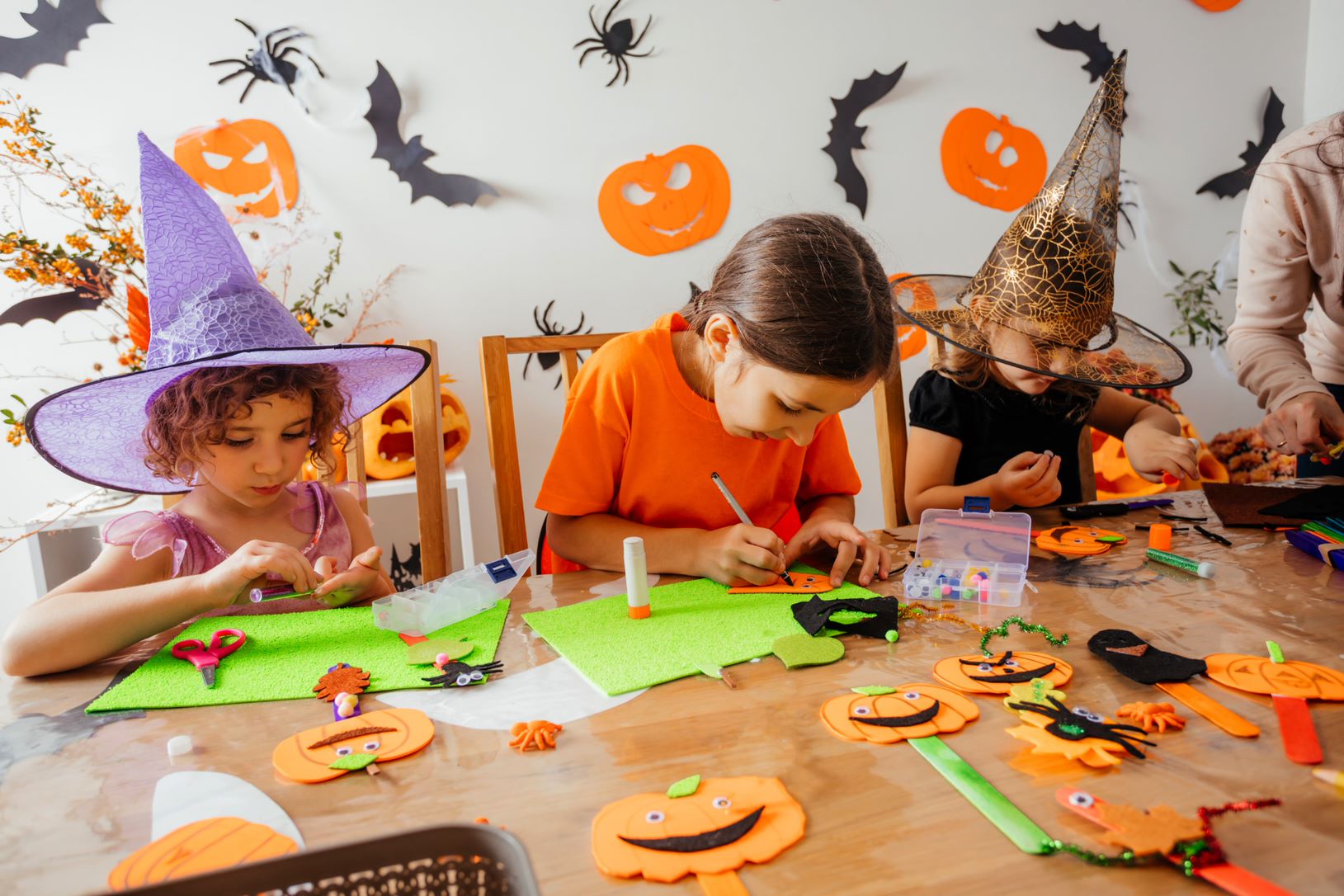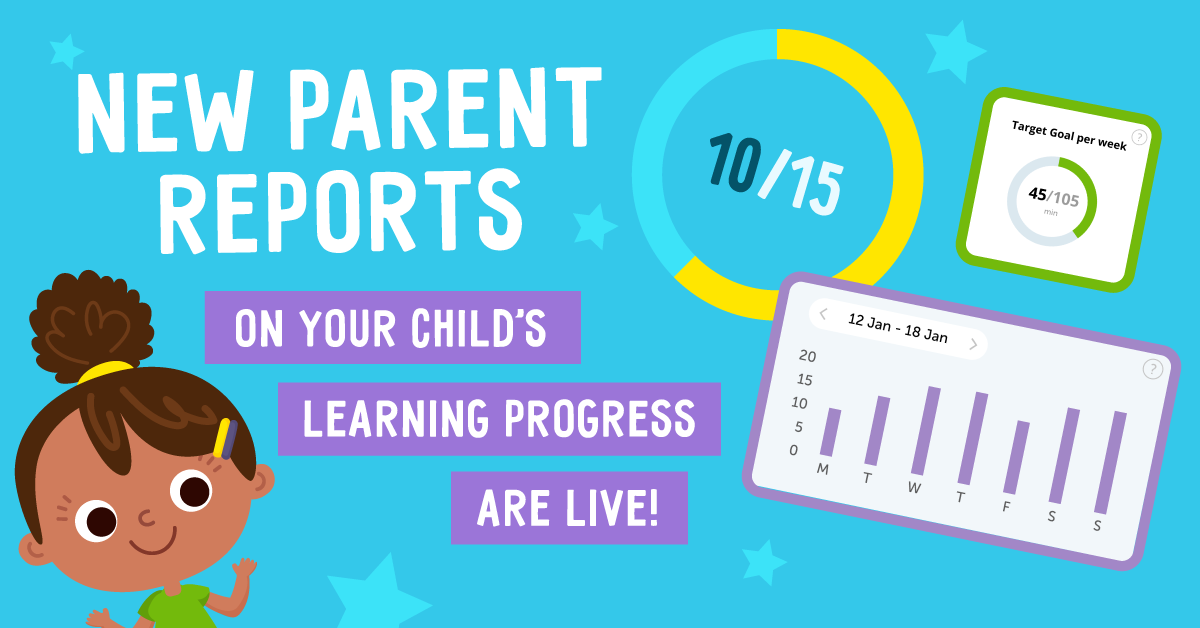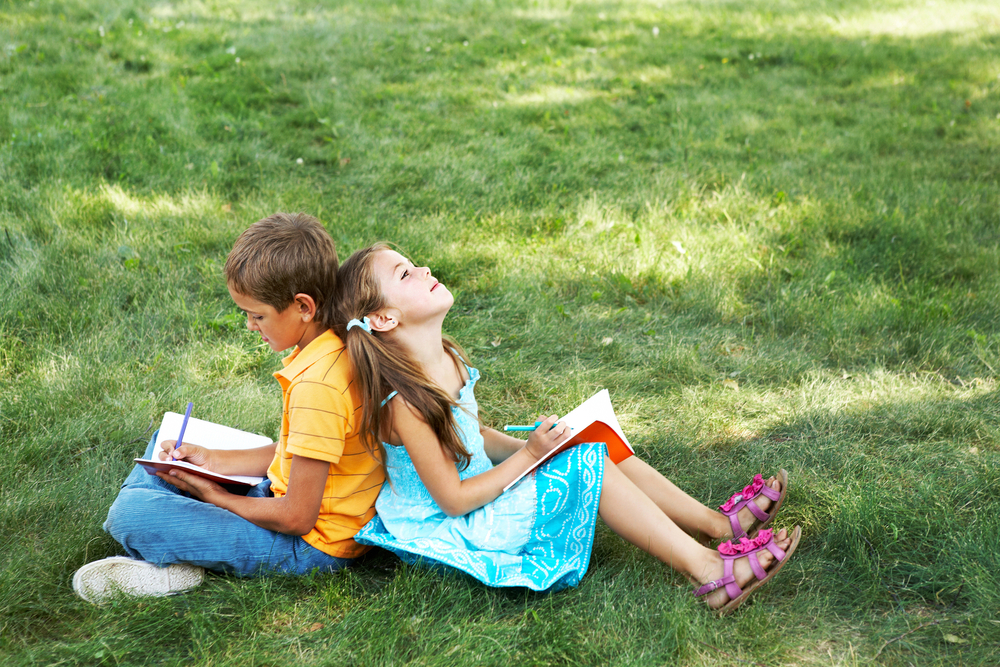Story sequencing Worksheets for Ages 4-8 - Page 2
31 filtered results
-
From - To
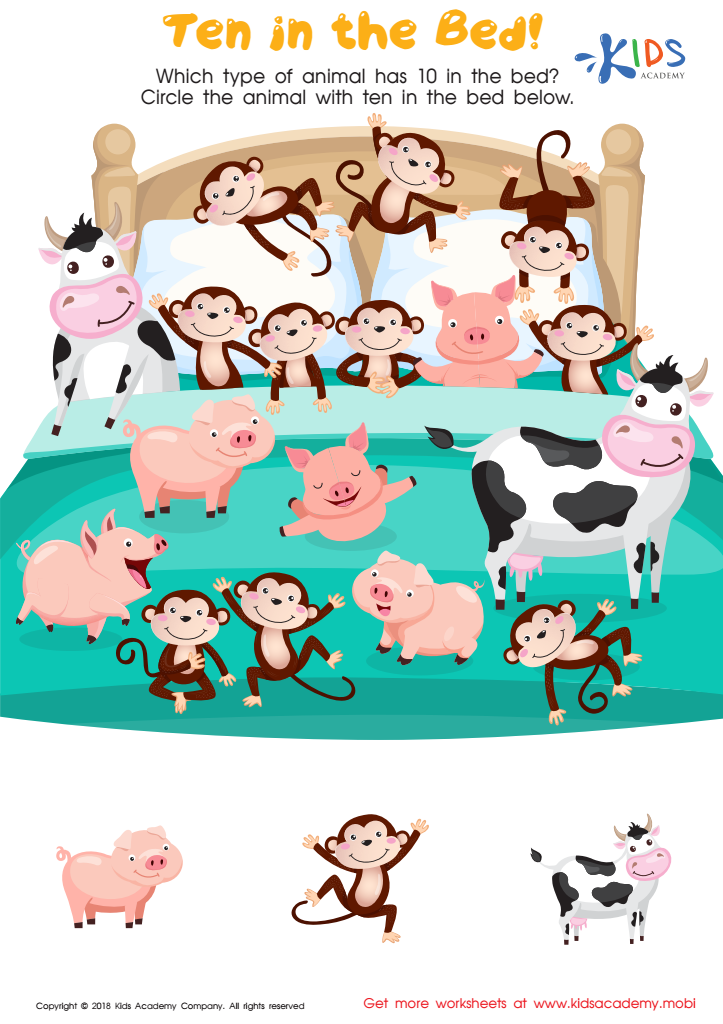

Ten in the Bed Worksheet
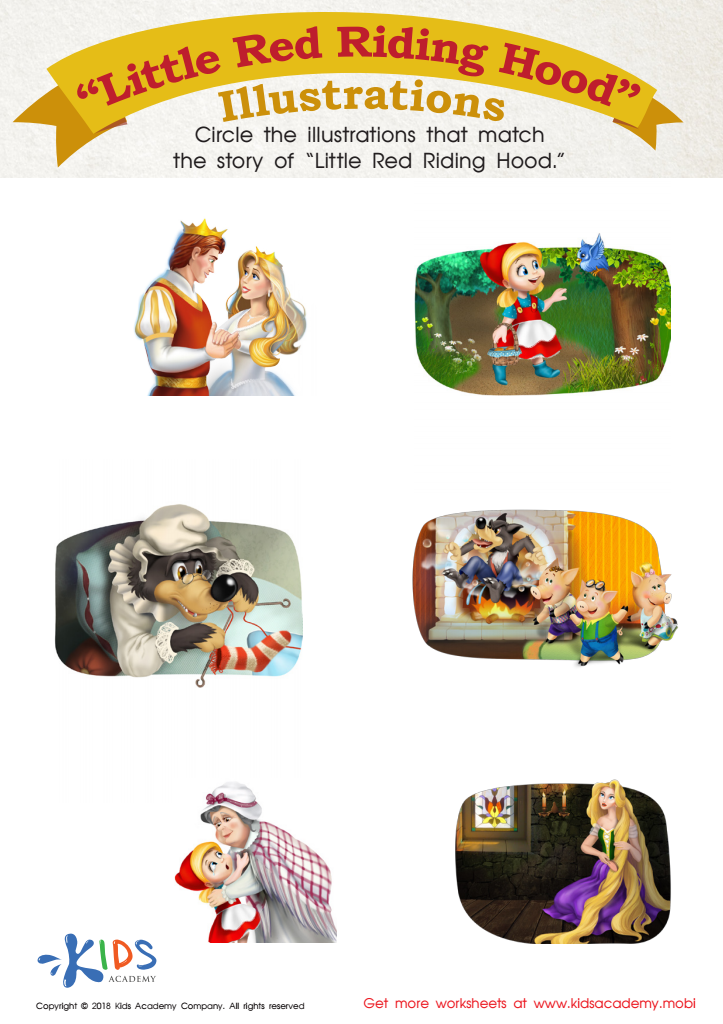

Little Red Riding Hood: Illustrations Worksheet
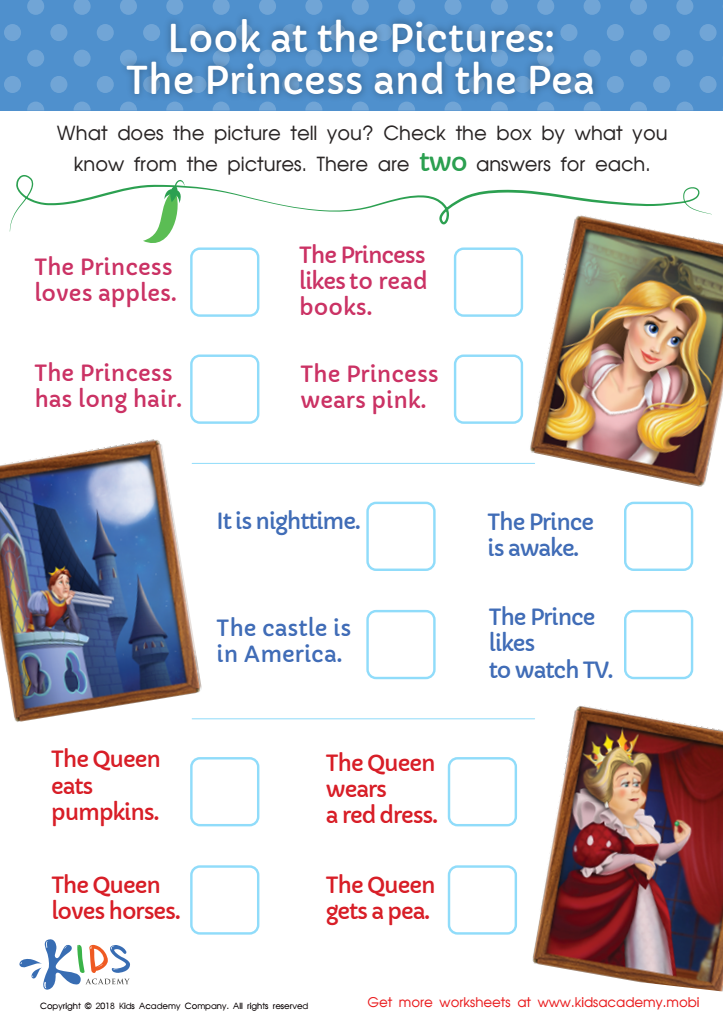

Look at the Pictures: The Princess and the Pea Worksheet
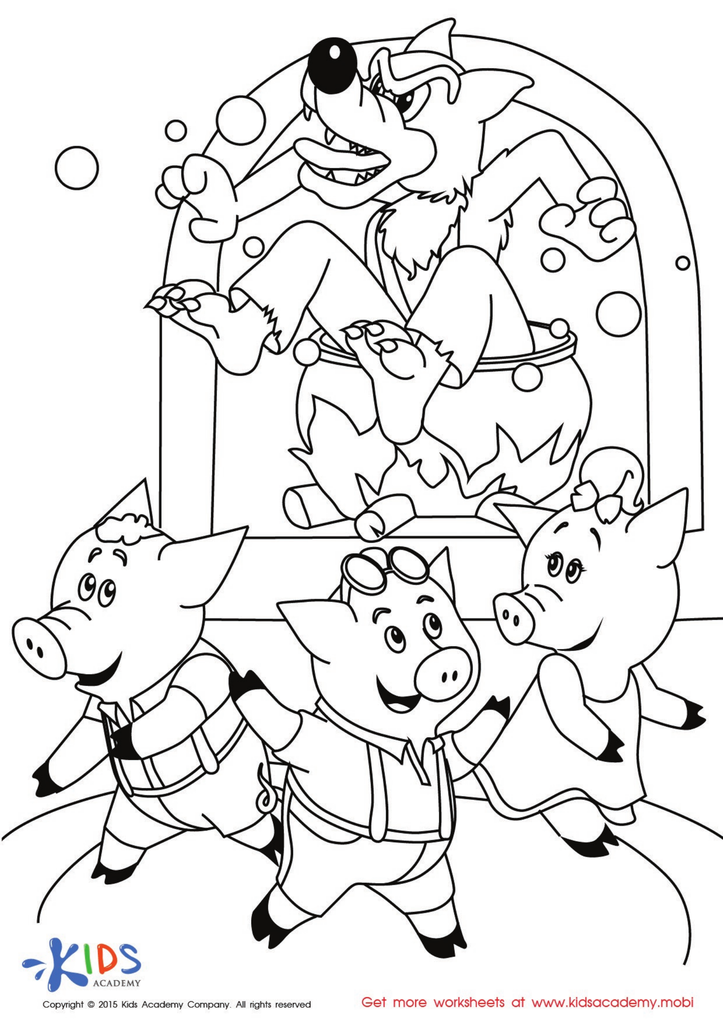

The Three Little Pigs and The Big Bad Wolf Printable


The Boy Who Cried Wolf Part 2 Worksheet
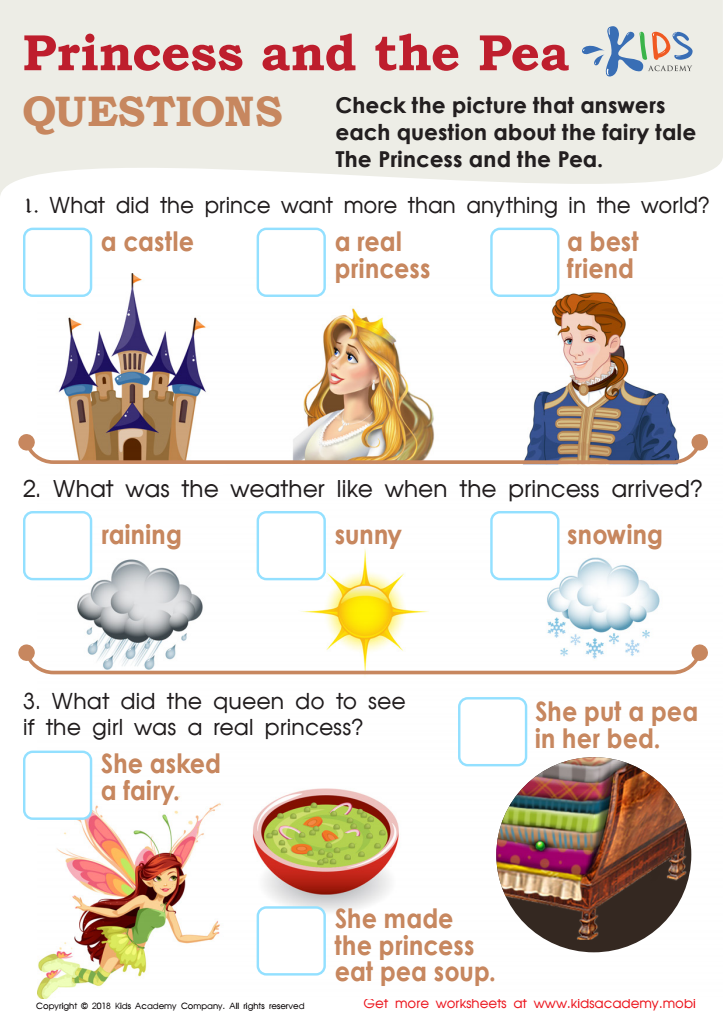

Princess and the Pea Questions Worksheet
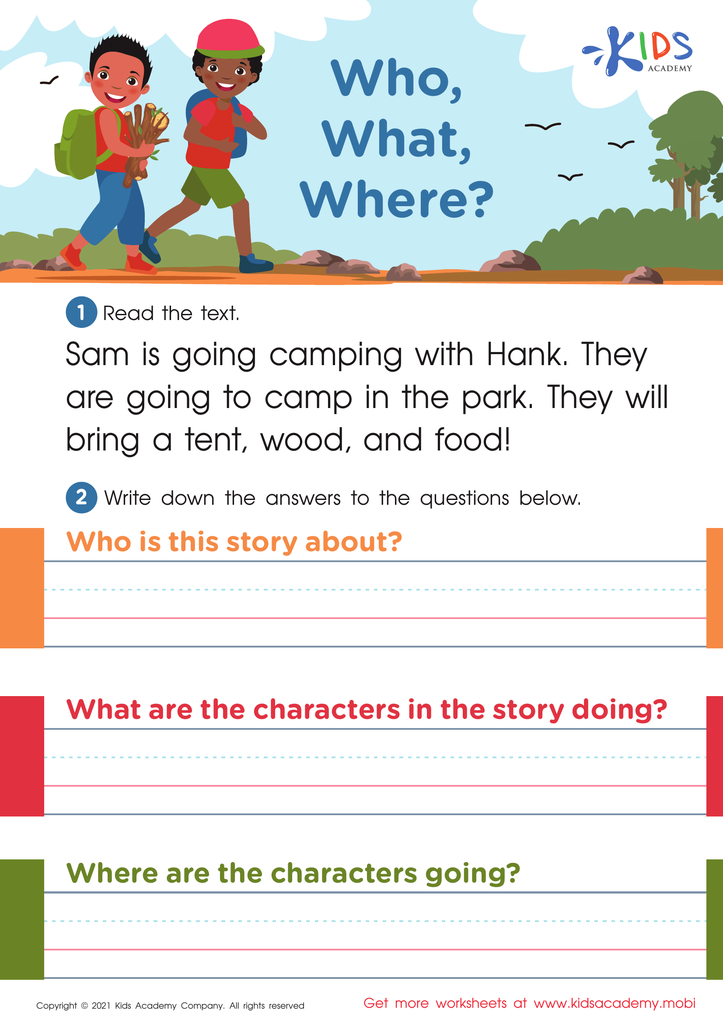

Who, What, Where? Worksheet
Story sequencing is a vital skill for children ages 4-8, and both parents and teachers should prioritize it for several reasons. Firstly, it promotes comprehension. Understanding the order of events in a story helps children grasp the narrative, making it easier for them to recall and retell the tale accurately. This practice strengthens their overall reading skills and boosts their confidence in literacy.
Secondly, sequencing enhances critical thinking and cognitive development. When kids learn to order events, they practice making connections between ideas, predicting outcomes, and understanding cause-and-effect relationships. These are crucial for problem-solving in everyday life.
Additionally, story sequencing encourages creativity and imagination. Children can be prompted to think about different scenarios or endings, fostering their ability to think outside the box and express their ideas.
Moreover, it can be a fun and engaging activity that fosters discussions between parents and children or interactions in a classroom setting. Through storytelling, children can also develop their vocabulary and language skills, while improving their ability to focus and maintain attention.
In summary, cultivating story sequencing in young children nurtures essential skills that promote academic success and enrich their social and emotional development.
 Assign to My Students
Assign to My Students


